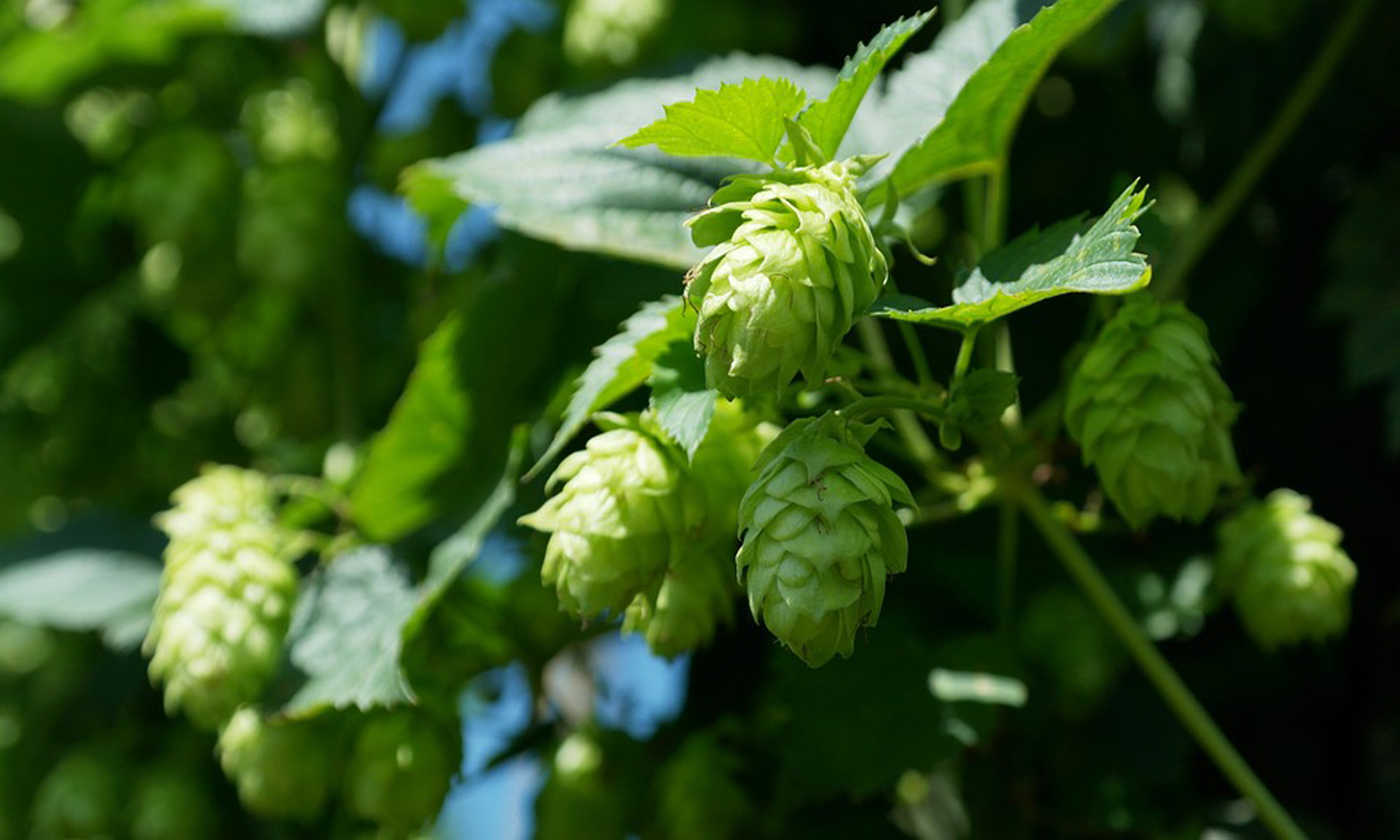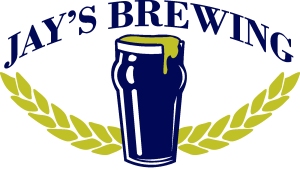Before I get into any hobby I like to do some research. Maybe you are the same way, but I hate dropping cash before I know what to expect and what is needed.
When someone is just beginning the hobby of homebrewing there are some common questions that are asked. This post is here to try to get those questions out of the way and get them answered. Really when you walk away from this post you should feel pretty good about yourself, if you decide that homebrewing is the hobby for you, you’ll be able to walk into a homebrew shop comfortably looking like you know what you’re talking about.

Should I Go 5 Gallons Or Get A Mr. Beer Kit?
When getting into homebrewing there are many things to consider. One is, should you go cheap or all in? For me one there is one thing that I would not recommend, that’s getting Mr.Beer. With Mr. Beer, they kinda set you up for failure. The reason is this, they don’t have an airlock (I’ll get to explaining what that is later in this series) so bacteria will most likely spoil your beer. Your beer will turn out rancid unless you get lucky.

When making your first recipe what can you expect as far as flavor?
Honestly, it’s going to be the best beer that you ever had. Almost all homebrewers will tell you that when they made their first batch of beer, it tasted better than anything that they ever had. The reason is, you are using the freshest ingredients and making beer in a way that involves the love of the craft, not dollars and cents. Also you are not putting in preservatives or things to help increase the shelf life. It’s an all natural process.

What to expect as far as cost?
I’m just going to go off of what we have here at Jay’s Brewing, starter kits normally cost about $115. That includes everything you need minus the pot, bottle, and a recipe. Recipes that we sell go for about $20-$65.
If you are looking at getting into brewing to save you money on beer, I think that your motivation is a bit off or you’ll be in for a rude awakening. This is just like any other hobby. The point of a hobby is to do something that you enjoy, not necessarily to save you money. It’s gonna come out to be about $10-$35 per case of beer. On the upper end it’s the Belgiums or big IPA’s – more ingredients means more expensive.
If you are looking on a way to save money on beer, I would just suggest buying cheaper beer at the store. Home brew can’t really compete with prices of Coors or Budweiser, at the same token it’s on a different scale as far as flavor goes.

How long does it take?
Generally, it will be about 2 hours on the stove and then a few weeks in the fermenter, and a few weeks in the bottle. At the end it’s about 1 month from start to finish before you can start drinking it. If you are kegging your beer it’s a bit faster.

Do you need a burner?
If you plan on doing extract with specialty grains then no. With extract with specialty grains, you only need a pot that is 5 gallons. You work with 2.5 gallons of wort (beer soup essentially) on the stove at one point in time. If you are thinking about going into all-grain then yes you do need a burner. We have a whole series on all-grain brewing if you are interested. It’s worth reading if you plan on going that route. All-grain has a few extra steps. But don’t worry, it’s not any harder – just takes longer.
I like Lagers can I do them?
Most homebrewers don’t do lagers at first, they stick with ales. The reason why is that lagers ferment at lower temps then ales so you need to a different style of fermentation. Ales ferment at room temp and are more forgiving. Now don’t worry, there is ale yeast that taste like lagers, but still they would not be a lager, it would be an ale that taste like a lager.
I’ve read some stuff on cleaning, do you need to worry about cleaning?
Yes, brewing is 99% making sure everything in clean and 1% following directions. But the thing is, today homebrewers have figured out better ways of cleaning. Now we have no rinse sanitizers that only need 2 min of contact time and then it’s sanitized. Also there are tricks in speeding up the process with sanitizing bottles quicker.

How hard is it to make beer?
It’s not hard at all to make beer. Honestly today there are so many free recipes on the internet, there are beer kits (which I have a rant on) and recipe books. If you can follow instructions you can make beer. Or as I tell people, “If you can make chili you can make beer”. It’s a bit more than boiling water, but not by much. So don’t worry.
I’m thinking that I’m going to do this and then start-up a brewery, sound reasonable?
It may be over reaching at first, but if it makes you feel any better most craft brewers were once homebrewers. In fact there is a nano that is starting up right next to us. I personally know the head brewer, he’s been brewing and shopping at Jay’s for quite some time and brewing for even longer. So it can happen, but it’s more reasonable to fit that into a 10 year plan; not one that is going to happen over night. Don’t feel alone though, about all homebrewers have toyed with the thought before.

How long does it take to get good at homebrewing?
Most people will start making really good batches off the bat. Know your process well, understand why you are doing the things that you are doing, and you’ll get good batches. Don’t get discouraged if you aren’t getting the results that you want, everyone gets into slumps.

Shop online or local?
I must admit, I have some skin in the game so my answer will be skewed to some degree, I would shop local. Even before I owned a homebrew shop, I shopped local. The reason is, it’s good to learn how to do this from someone, at a shop you can ask questions, talk to other customers see products, smell products and really understand it all.
It’s a craft, a skill and one that you need some direction from other people. If you want to get good at it, you have to learn from someone in one way shape or form (books, blogs, magazines), it’s not learned in a vacuum easily. The easiest/fastest way to get much better is to buy local and experience the full spectrum of the hobby. The hobby is more than a cake mix box. With that said, some people don’t have the luxury of having a homebrew shop in driving distance, so the option is obviously a false option and online is the way to go. But if you can, support your local homebrew shop.

5 Gallon Batches Or Smaller
I would dive right into 5 gallon batches. It’s a bit of labor and if you are only getting a gallon out of it you’re most likely going to burn out. 5 gallons sounds like a lot, but really 2 cases goes pretty quick once you start giving it away to people. Also most prepackaged ingredients are designed for 5 gallons, so you don’t really save that much money when you go the smaller route.
I like Stouts, Are Those Easy To Make?
A stout is an ale, they are pretty easy to make. Darker beers for your first beers are pretty forgiving in general. There are certain beers that you want to stay away from making at first, stouts generally don’t fit that mold.

What Type Of Beer Should I Make For My First Batch?
There are few beers that I would stay away from for your first beer. Simple is the way to go. I would stay away from bigger beers. What I mean by bigger beers are ones that have a high ABV. You have to let those sit way to long in order for them to taste right. I would stay with something in the ball park of 4%-6.5% alcohol. Also don’t do a lager, those go through a different fermentation process where you need a refrigerator. I normally recommend people trying a brown ale, pale or wheat for their first ones. If you hate all of those, then you want to try something that you’ll like, but, the thing about brown ales specifically is that they have a lot of flavor not crazy hoppy and generally cheap to make.
Do I Need A Carboy?
You don’t NEED one for your first batch, maybe later on. With carboy’s there is plastic and glass carboys, both have there advantages. We’ll be getting into more technical things in later post.

Twist Off Bottles Or Pop Top Bottles?
You really can’t use twist off bottles, they don’t make the correct seal. I actually just recently sliced open my finger because someone bottled a beer with a twist off. When I popped the bottle, the whole neck of the bottle broke off in my hand – fun times. So don’t use twist off, save your pop-top bottles, you’ll be able to reuse them.

Am I Going To Enjoy This Hobby For Years To Come?
It depends, do you like beer? If you do the answer is most likely yes. If you are going to drink beer, might as well make a hobby out of making it too. I have a ton of customers that use homebrewing as an excuse to meet up with there buds on the weekend. To me I’ve been doing it for so long, I could never see myself stopping – it’s just a lot of fun and a great way to spend my Sunday’s when the weather gets a bit cold outside.

Conclusion
When you compare the price of this hobby to other ones, this is a relatively cheap hobby to get into. One mentality to have with it is, if you are going to drink it anyways, might as well make it. People that like to cook, want to be a creative, want a hobby that you start with some raw ingredient and turn into to something, want to impress friends and family this is the hobby for you. I wouldn’t get into the hobby because it’s going save you bundles of money, or that it necessarily going to be a way to make money in the future – it may end up happening but not the motivation I would take. I personally enjoy this hobby because making beer is something that I can share, and it’s not an inclusive hobby. I invite friends over, I share with family, and there are always people around.
Let me know if you have any other questions about homebrewing and I’ll be more then happy to answer them!

Previous




























